Growing Dogwood In Pots? These Are Horticulturists’ 7 Key Considerations
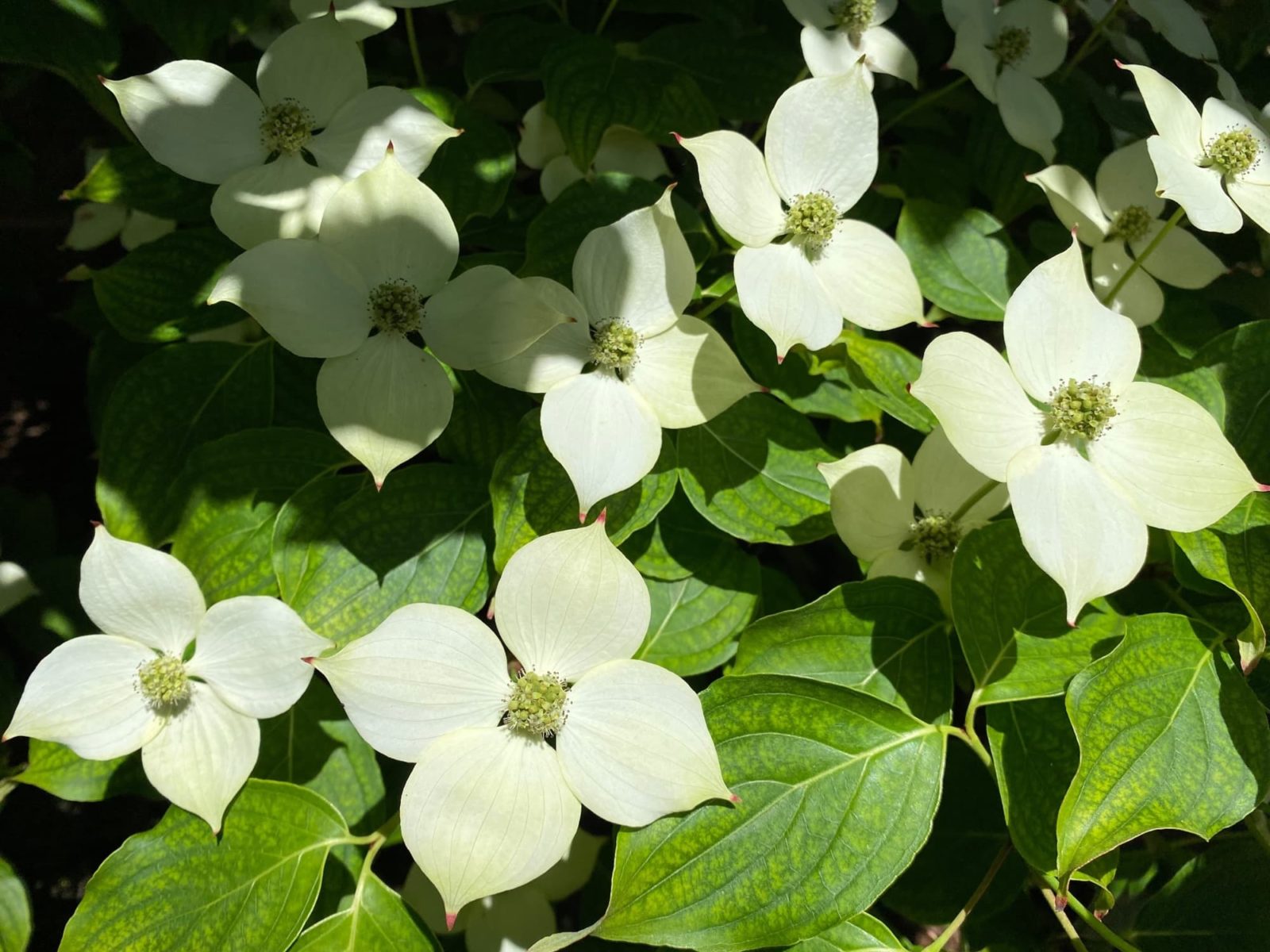
Reviewed By PETER LICKORISH

Peter is a Horticulture Lecturer and self-employed Horticulturist, with a passion for diverse areas of the industry - from garden design to the science behind plant growth and propagation. He has completed the Royal Horticultural Society’s Master of Horticulture (MHort) Award and lectures on RHS courses at Bedford College.
IN THIS GUIDE
DOGWOOD GUIDES
Container Growing
Pruning
Transplanting
Varieties
Justly admired by gardeners and landscapers for the crayon-box variety of their colourful stems, dogwood shrubs also include other charms.
These shrubs have foliage in rich and deep hues or in unusual shades, such as greenish gold or orange-flushed; some have variegated leaves.
Finally, most of them produce bunches of tiny flowers, usually creamy yellow, followed by whitish berries.
However, the stars of the show are indubitably the stems.
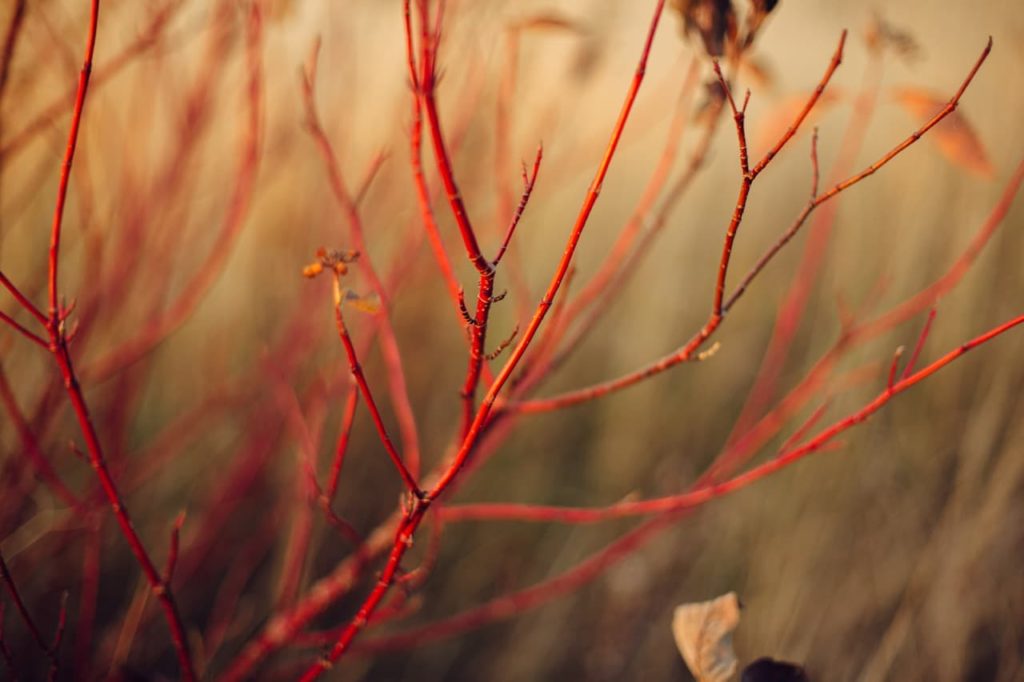
Rich deep red is perhaps the most prized colour, but should it be when other varieties boast stems in sunny yellow or bright orange?
But even when these shrubs’ stems are green, they are a dazzling electric lime shade of green!
For the good reasons outlined above, these spreading shrubs are used for ornamental purposes on open ground and to guard against erosion on verges and slopes.
| Difficulty | Medium |
| Equipment Required | Large planter, ericaceous compost, balanced fertiliser, dogwood shrub |
Can You Grow Dogwood Shrubs In Pots?
Though dogwood shrubs are certainly not a conventional pot plant and are considered an open-ground option, you can grow them in a container of a suitable shape and size.
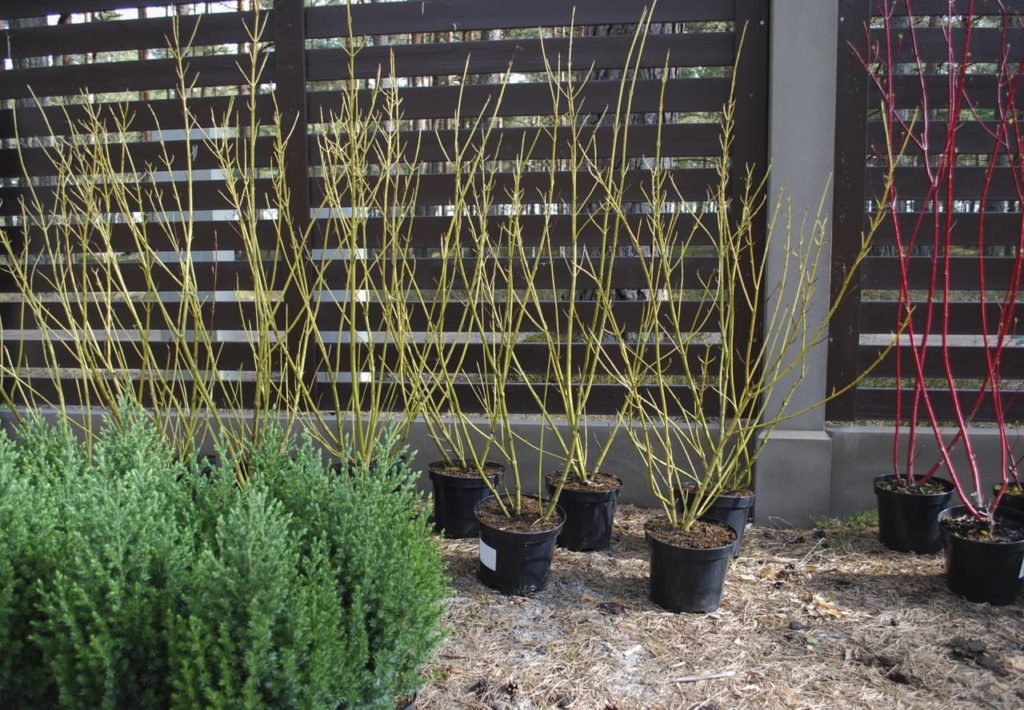
Flat-dwellers who are enamoured by these unusual shrubs with their captivating stems and decorative foliage could very successfully grow them in planters on their balconies.
If you live in a home you can certainly put a planter with a dogwood shrub on a good-sized patio or verandah and it would make a striking backdrop for a few traditional potted flowering plants.
1) Opt For A Broad, Wide Planter
I suggest that you avoid growing a dogwood shrub in a traditional semi-conical pot, no matter how large.
Instead, opt for a broad and wide planter; there are two reasons for this.
Firstly, a dogwood shrub is unlike a proper plant in that it has considerable spread and the focus of attention is its stems.
As a result of this, optics and aesthetics are greatly heightened if the shape and form of the plant are in harmony with the container, which is why a planter works so well.
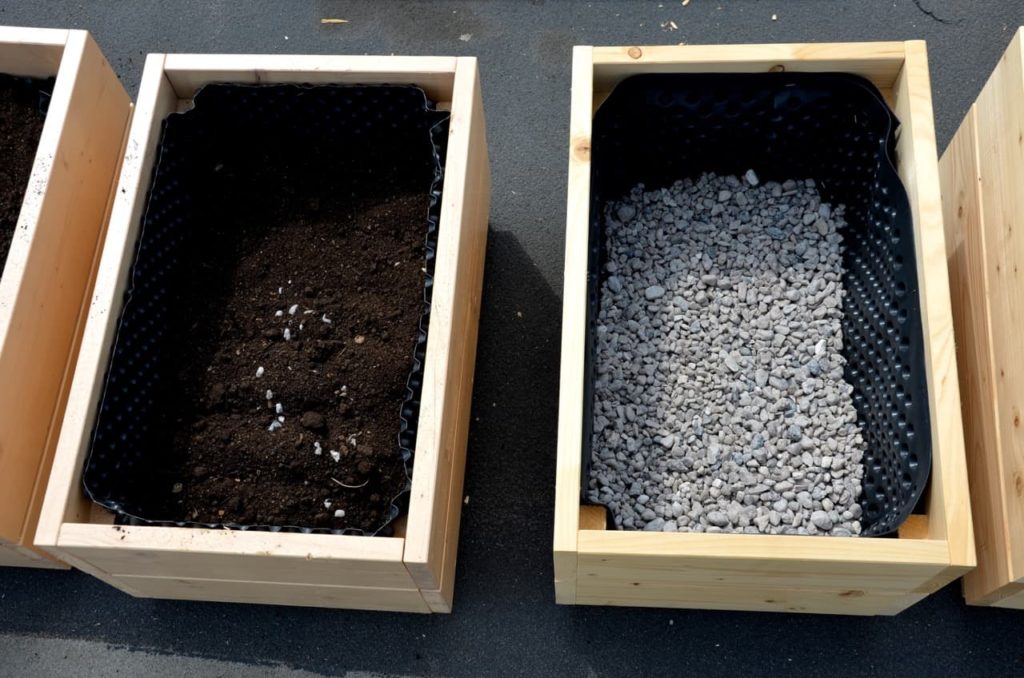
Try to base the breadth of the planter on the ultimate spread of the particular variety.
The spread of these shrubs ranges from 1-3m, so you really don’t want a mismatch.
As a rule of thumb, the planter’s breadth should be about 75% of the ultimate spread of the variety in question.
“However, don’t go too stingy on depth, as thirsty plants will usually need a minimum of 50-60cm for their roots,” Master Horticulturist Peter Lickorish says.
2) Prioritise Drainage Holes
The container must have drainage holes.
Though I’d suggest using terracotta containers, you may grow a dogwood shrub in a decorative planter made of synthetic material.
Just be sure it is sufficiently wide and deep.
3) Choose Well-Draining, Organic Soil
Dogwood shrubs need soil that drains very well yet is kept moist during the growing season.
Beyond that, these shrubs are very sporting about soil.
Use a light, moderately fertile soil.
A mixed loam amended with a moderate helping of organic compost or some well-rotted chicken manure in about a 3:1 ratio will work very well.
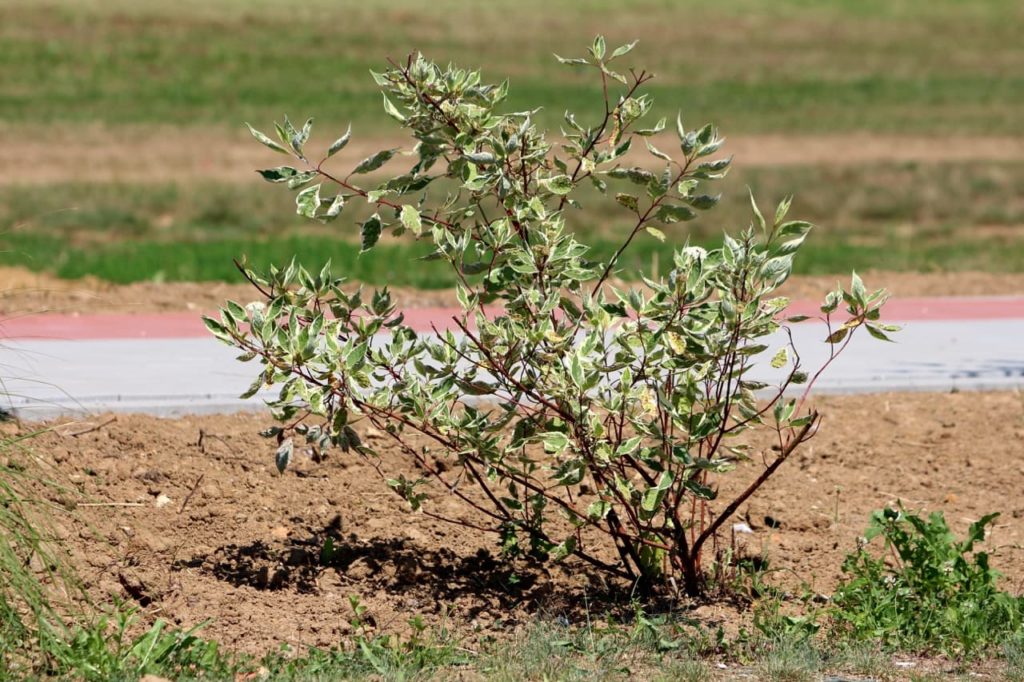
Amend the soil further with grit or perlite to facilitate drainage.
Add vermiculite or additional compost to preserve moisture as necessary.
The medium should never be allowed to stay soggy as this can cause root rot.
Though the ideal soil pH is slightly acidic, dogwood can cope with neutral soil too.
4) Use A Large Pot To Avoid Potting Up
Dogwood shrubs are not usually potted up or transplanted.
They are typically planted in the desired final location, which is straightforward as they are fully hardy and are propagated from cuttings.
However, if you need to pot up a dogwood shrub, perform this task soon after the shrub enters winter dormancy or just before the end of the dormancy period.
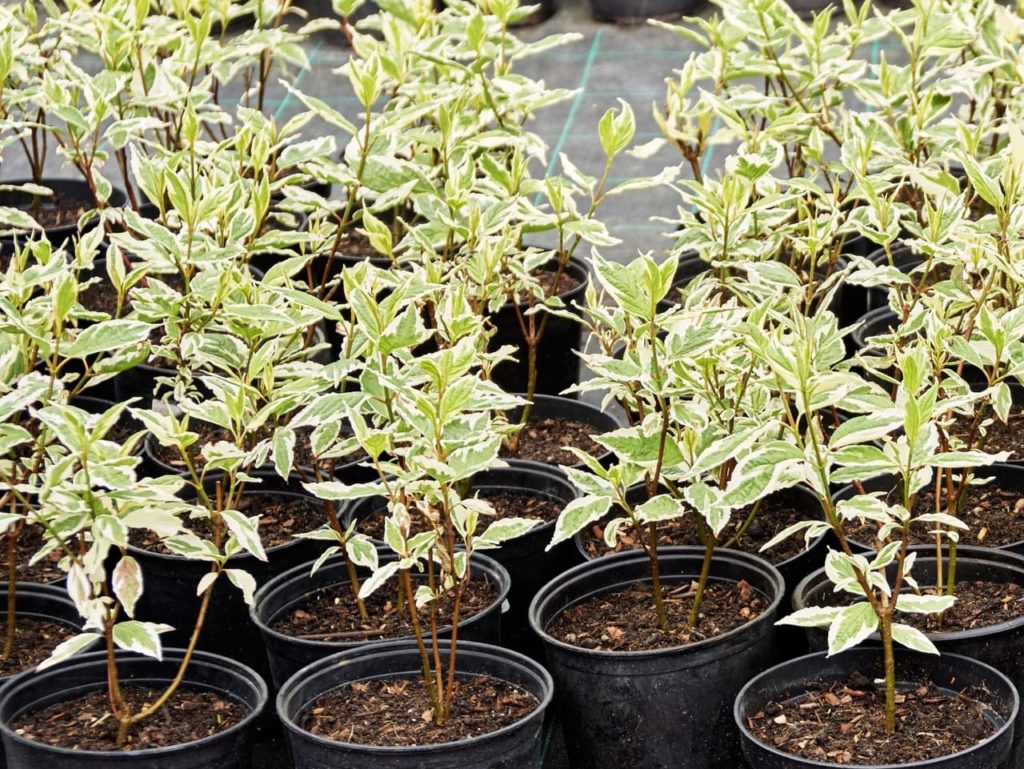
In other words, the end of autumn to early winter is the ideal time period.
If transplanting, an additional consideration must be kept in mind, especially if you live in a cold region: the soil should not be hard and should be workable.
Whether you’re potting up or transplanting, have a look at the root system.
If the shrub is at all root bound, you may as well open up and spread out the roots.
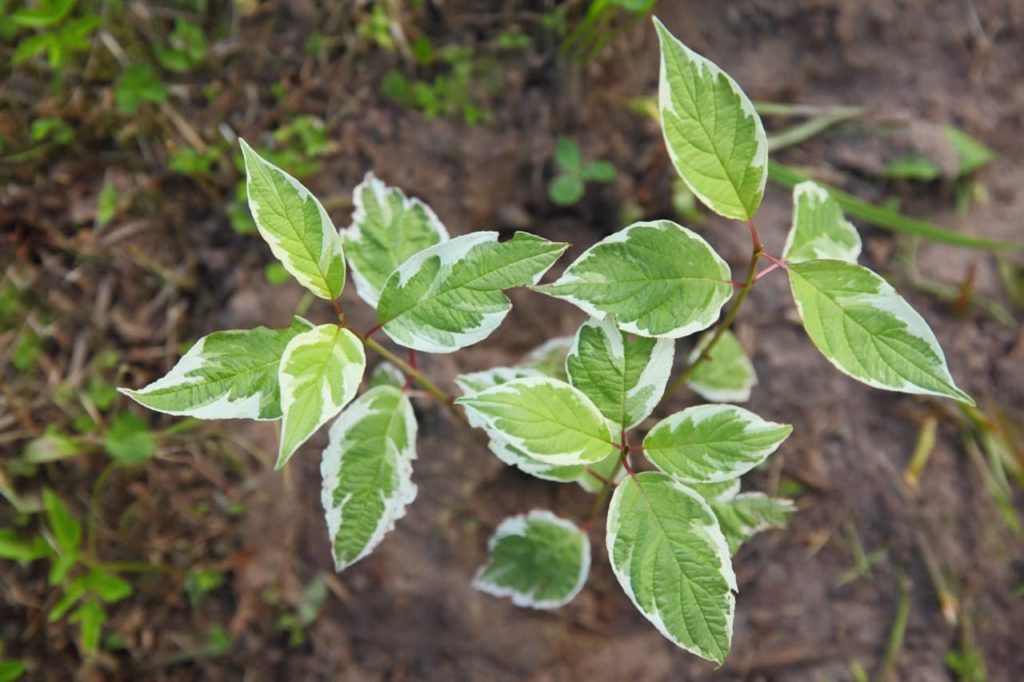
A five-minute dip in a tub of water will enable you to remove caked soil.
Also, ensure that the soil line of the stem is not any lower than it was in the original container.
After potting up or transplanting, give the shrub a good watering.
Afterwards, water in moderation, aiming to keep the roots hydrated after the stress of potting up or transplanting.
5) Never Plant More Than One Per Pot
Dogwood shrubs have a healthy growth rate and most have a very wide spread.
Almost all Cornus sericea varieties are at least 1m in spread and many Cornus alba varieties exceed 3m.
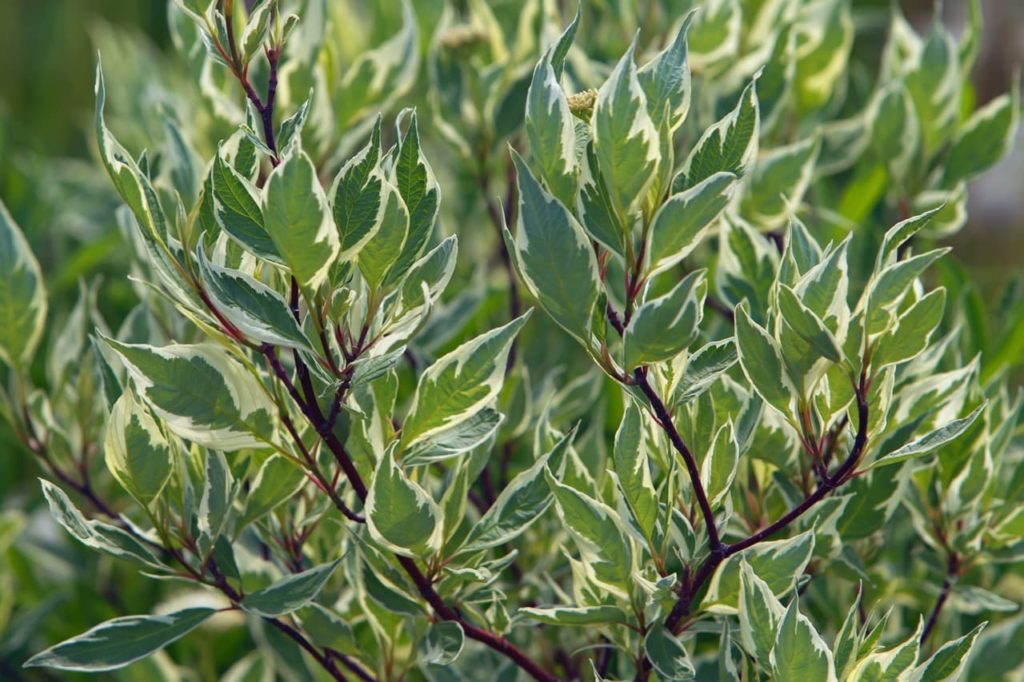
Therefore, purely for reasons of practicality, you should plant only one per planter, making sure that the planter is wide enough.
Another reason is that planting more than one shrub per planter will lessen rather than heighten aesthetic appeal and will require more thoughtful and careful pruning.
6) Place Your Container In Full Sun
To obtain the healthiest shrubs with the most vibrantly-coloured stems, place the container in full sun.
If that is not available, part shade will do.
7) Water Deep, But Infrequently
During the growing season, dogwood shrubs in containers benefit from deep but less frequent watering.
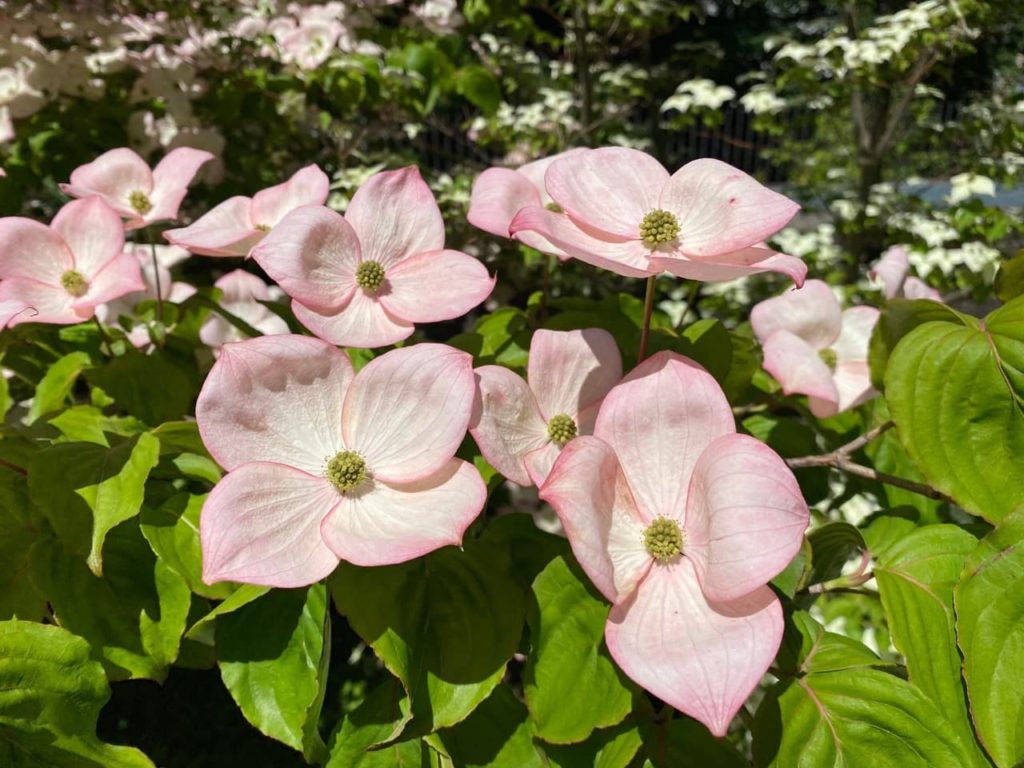
Watering 2-3 times a week, depending on other factors, will work very well.
Do not water regularly during winter dormancy; only ensure that the soil does not completely dry out.
You can test moisture levels by checking the soil down to an inch or two with a finger or by using a moisture meter.
Use a balanced formula, such as a 10-10-10 formulation, for feeding dogwood shrubs in spring.

